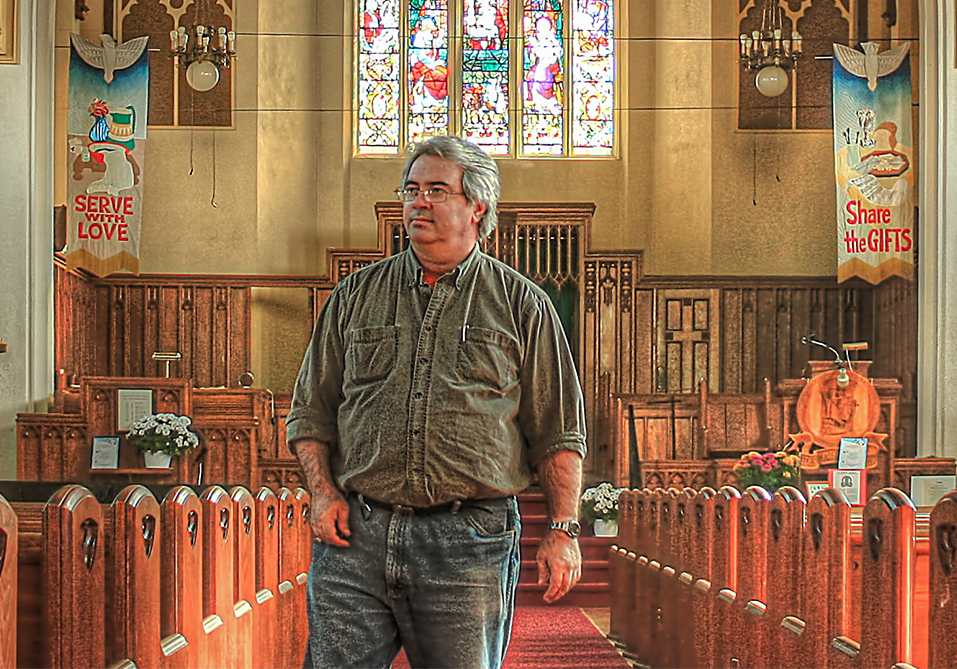
Similarly, for a church in Australia, changing the pattern and sizes of the diffusers increased their performance to the point where they achieved 43 dB of reduction at 200 Hz. “With the tubes evenly spaced, the maximum you’ll get is 30 dB reduction,” he adds.
The tubes can be painted repeatedly and, when deployed in the type of patterns he’s describing, often enhance a space’s overall look. As for other aesthetic considerations: “There’s always a solution,” he says, mentioning times when it was necessary to transfer pre-existing frescos onto acoustic panels, or to install plywood diffusers behind paintings.
The Long Game
“I never look at a church as a temporary facility. I see a church as something that’s going to be around for, minimum, 100 years,” De Buglio states. Consequently, he aims to provide the longest-term solutions possible, often repurposing and/or augmenting existing audio systems rather than replacing them.
As an example, he points to Parkdale United in Ottawa, a church he first worked on over two decades ago. “When their processor died I provided a new Xilica Xp4080 processor and they purchased a Behringer X32 digital mixer.” The remainder of the system continues to serve the church well, he says, adding, “And if they do decide to do something more contemporary, all they have to do is add a sub.”
That project, as so many others have been, is a particularly gratifying success story: “Within 18 months of the initial install attendance climbed by 14 percent, and it’s continued to grow.” The corresponding improvement in sound also allowed the church to begin renting space to a local choral group in 1999 who remain tenants to this day, which helps contribute much needed funds to the building’s upkeep.

It hasn’t always been smooth sailing, De Buglio points out. “There was a time when acoustical product manufacturers regularly asked me to consult on churches on their behalf.” As he began employing the 1 Kings, Temple of Solomon approach, however, their interest in his services dwindled. “My work meant smaller sound system contracts,” he says, bluntly.
While that’s discouraging, the number of churches he’s helped to clarify and enhance the message they impart to their congregation is anything but. “For me, getting involved in church sound was never about money. It’s about being a Christian,” he concludes. “If you eliminate the obstacles between the people and the message, the ability to preach the gospel is unimpeded. But preaching the gospel is the job of ministers and priests. My job is to get more people in the pews by removing the barriers that get in the way of hearing the message.”
